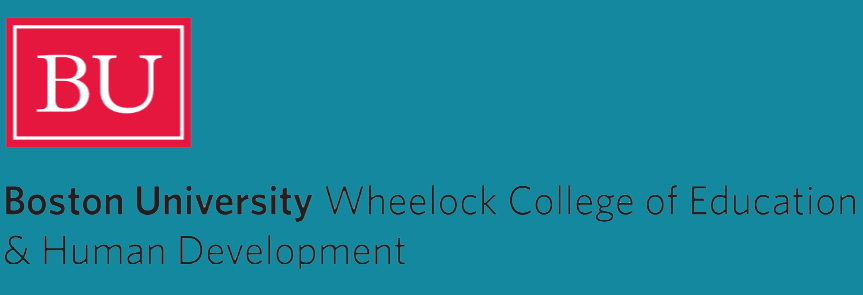Developing Belief Network (DBN)
The developing belief network (DBN) is focused on researching 3 key questions, listed and explained below, with the hope of gaining deeper understanding of the complex interplay between belief, culture, and development.
1. What are the supernatural, spiritual, and religious entities, agents, forces, causes, etc., specific to different countries and cultures?
Many religious traditions share core concepts, such as afterlife beliefs or disembodied deities. This indicates that these concepts might share the same underlying key features of human reasoning, such as relying on intuitive (i.e., folk) theories or essentialism. However, these common core concepts vary dramatically across individual religious traditions. For example, whether there is a God or are gods, or what happens after death, differ from one belief system to another. Therefore, studying the diversity of religious and supernatural concepts deepens our understanding of human mind and provides a new lens through which to explore how cognition and culture are mutually constituted (Kirmayer et al., 2020).
2. How are religious and supernatural beliefs (including both formal religions and more traditional beliefs and practices) are passed down to the next generation at each site?
Developing and understanding of religious and supernatural phenomena poses a unique challenge to the developing child as these phenomena are generally unobservable. Because children cannot learn about deities, miracles, or how to communicate with ancestors via firsthand experience, they observe others’ behaviors, make inferences about others’ beliefs, rely on explicit testimony and direct instruction, and actively participate in religious and spiritual practices to acquire these concepts (Gauvain & Nicolaides, 2015; Harris & Koenig, 2006). Therefore, studying how parents communicate with their children about religious and supernatural phenomena provides us with a powerful tool to further explore the similarities and differences across cultures in the transmission of beliefs regarding the unobservable phenomena.
3. In each site, which aspects of religious identity are children tuned in to at a particular point in development, and what are the markers of religious identity?
Religious beliefs are inextricably interwoven with one’s self and social identity. For many people around the world, religion provides a lens through which they see others and make sense of the world around them. For example, belief in a number of scientific phenomena—such as global warming or the efficacy of vaccines—which are at the core of our current social and political discourse, are imbued with religious identity (Richert et al, under review). Accordingly, research into how children conceptualize religion as a category, how this conceptualization is related to other social categories such as gender and race, and how religious identity is constructed across different religious traditions has important implications for various pressing social issues such as immigration, minority rights, or global warming.
